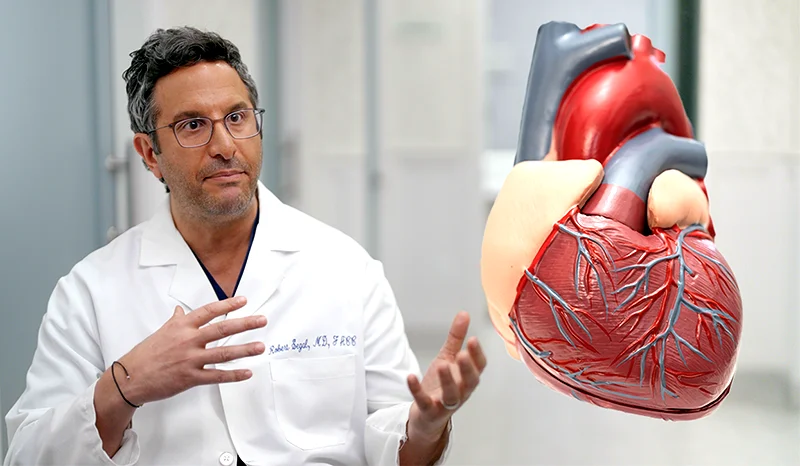
The most common cause of death globally is heart disease, but you can safeguard your health if you know how it develops. Ischemic heart disease (also called coronary artery disease) happens when cholesterol and plaque build up in the arteries that supply blood to your heart. As the condition worsens over time, you may experience chest pain, a heart attack, or even heart failure due to decreased blood flow.
Doctors frequently use four stages to describe ischemic heart disease.
Stage 1: Silent Heart Disease
Inside the arteries, plaque starts to accumulate, but you won’t experience any symptoms. Until a test reveals early heart disease, many people are unaware that they have it. Here, risk factors such as smoking, diabetes, high blood pressure, high cholesterol, and family history frequently come into play.
Treatment at this stage:
- Lifestyle changes are the most powerful tool: eating more fruits, vegetables, and whole grains, exercising regularly, and avoiding smoking.
- Medications may be prescribed if risk factors like high blood pressure, diabetes, or high cholesterol are present.
- The goal is to stop plaque from growing and prevent future damage.
Stage 2: Stable Angina
At this stage, your heart isn’t getting enough oxygen when you’re active. When you walk uphill, exercise, or experience stress, you may experience angina, which is a pain, pressure, or discomfort in your chest. Usually, the pain subsides with rest.
Treatment at this stage:
- Medications that alleviate chest discomfort and increase blood flow include beta-blockers, nitrates, and calcium channel blockers.
- Statins are frequently recommended to patients to reduce cholesterol levels and stabilize plaque.
- Changing one’s lifestyle is still extremely important; dietary habits, weight management, and giving up smoking all make a significant impact.
- If your symptoms continue to worsen, your physician may suggest stress testing or imaging in order to determine whether or not a stent or bypass surgery could be helpful.
Stage 3: Unstable Angina
Now, your chest pain is more frequent, lasts longer, and sometimes wakes you up at night. This indicates a potential heart attack and necessitates immediate medical attention.
Treatment at this stage:
- Hospitalization is now required.
- Patients are usually started on blood thinners (aspirin, heparin), nitrates, and oxygen.
- Doctors may perform an angiogram to see blockages directly and quickly place a stent to restore blood flow.
- In some cases, coronary artery bypass surgery (CABG) is recommended if multiple arteries are blocked.
Stage 4: Heart Attack or Heart Failure
A heart attack happens when blood fails to circulate to part of the heart muscle. Heart failure occurs when the heart has trouble pumping blood because it has been damaged too much or too many times.
- Heart attacks need immediate emergency care, which could include clot-busting medications, emergency angioplasty with stent implantation, or bypass surgery.
- Long-term treatment focuses on maintaining what’s left of the heart muscle. Doctors commonly prescribe ACE inhibitors, beta-blockers, and diuretics.
- Cardiac rehabilitation programs help patients recover safely through monitored exercise and education.
- For severe heart failure, advanced treatments such as implantable defibrillators, mechanical pumps (LVADs), or even heart transplantation may be considered.
Can Heart Disease Be Cured?
There’s no “cure” for ischemic heart disease—once plaque builds up, it can’t be erased completely. But the good news is, you can control it and live a long, healthy life with the right care:
- Lifestyle changes: Eat a heart-healthy diet, stay active, maintain a healthy weight, and quit smoking.
- Medications: Lower cholesterol, control blood pressure, and reduce the risk of clots.
- Procedures: Stents or bypass surgery can restore blood flow when needed.
Your Takeaway
Heart disease develops in stages, but early action can stop it from progressing. Don’t wait until a chest pain shows up and it becomes an emergency. Regular checkups, timely testing, healthy habits, and the right treatment plan can make all the difference.
If you’ve experienced chest pain or shortness of breath or have risk factors like high blood pressure or diabetes, schedule a heart checkup today. Your heart will thank you.


